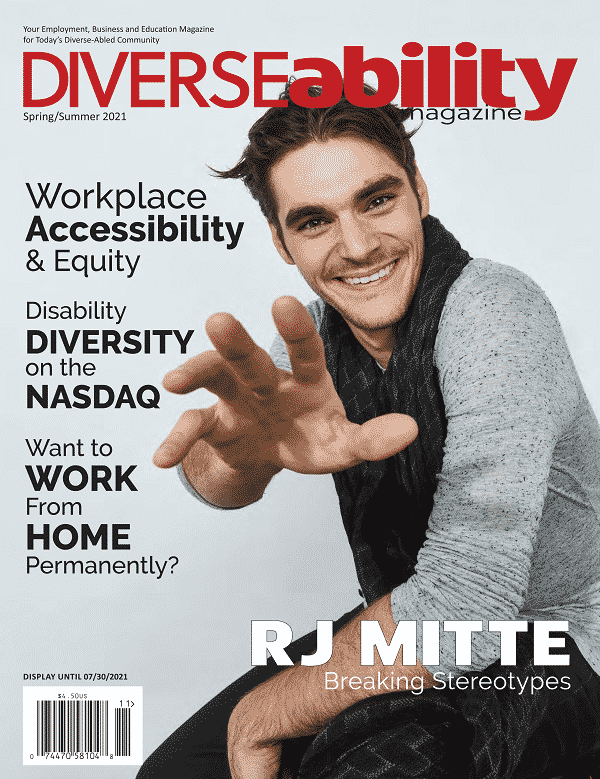By Josh Wilson, Forbes
Hollywood plays a massive part in shaping our understanding of different groups and helps us gain insight into worlds and cultures we may never have been able to on our own. The movies and TV series that flood our screens are more than just entertainment; they’re education. But with great power and influence comes great responsibility as there’s always the danger of misrepresentation.
Over the years, Hollywood has faced backlash from several communities and social movements about the issue of misrepresentation and underrepresentation. Groups identifying with Black Lives Matter, LGBTQ, the MeToo Movement, and protests like the OscarsSoWhite campaign come to mind.
People with disabilities, moreover racialized groups with disabilities, should also be at the forefront of this conversation, but they aren’t. This is a huge problem, especially considering that about a billion people live with some form of disability. In the U.S., one in five people have a disability, and for adults specifically, the disability count is about 26 percent, according to the CDC—roughly one in four adults.
“It’s almost impossible not to find people living with disabilities in any of these communities that feel let down by the entertainment industry’s depiction of their reality,” he said. “The discussion about proper inclusion and authentic depictions of a disabled person’s circumstances can only bode well for these groups and the entire industry as a whole.”
Disability isn’t new to the entertainment industry
Hollywood and the wider entertainment industry have many popular figures who are on the disability spectrum. Michael J. Fox has been diagnosed with Parkinson’s disease, Jim Carrey has talked about having ADHD, and Billie Eilish was diagnosed with Tourette Syndrome as a child, to mention a few.
Many of Hollywood’s big names have also brought awareness to various disabilities by talking about their condition, advocating for better understanding and acceptance of people with disabilities, or donating to their cause. The industry has also taken steps to shine a light on disabilities by making movies and TV productions focused on varying disabilities, or casting lead characters as people with disabilities.
The problem here is that the bigger picture still tells a story of underrepresentation and a lack of inclusion with only 3.5 percent of series regular characters being disabled in 2020, according to GLAAD. Another study found that this number was reasonably higher in 2018—12 per cent higher in fact—but that the majority of these characters were portrayed negatively.
There have been reports over the years of actors, writers, and other workers in entertainment losing their jobs or not being considered for a position due to disability-related issues. So while some of the silver screen’s most loved names play the roles of disabled characters and win awards and recognitions, the disabled community isn’t seeing any reasonable increase in inclusion and accessibility in the industry. In fact, about 95 per cent of characters with disabilities in Hollywood’s top shows are played by able-bodied actors, and during the 2019 Oscars, only two out of the 61 nominees and 27 winners that played disabled characters were actually disabled.
This gives credence to the concern of inauthentic portrayals of any given disability or disabled person. “It has never made sense to me that disabled characters in our shows and movies are played by people who have no disability.” Musab opines, “You can’t give what you don’t have, not optimally anyway. The way I see it, it’s like getting Cameron Diaz to play Harriet Tubman. No matter how pure her intentions and commitment to deliver on the role, she simply won’t be able to do it justice. It is an indictment of the abilities of disabled artists.”
The real focus is not only on the disability of the Hollywood spectrum but on the lack of inclusivity for racialized groups within the disabled community. The stories of their lives may have been voiced on several platforms but never from the eyes of the Hollywood industry. This is an important recognition for racialized groups within the disabled community, to not only be recognized but seen through a macro spectrum of representations.
Click here to read the full article on Forbes.



